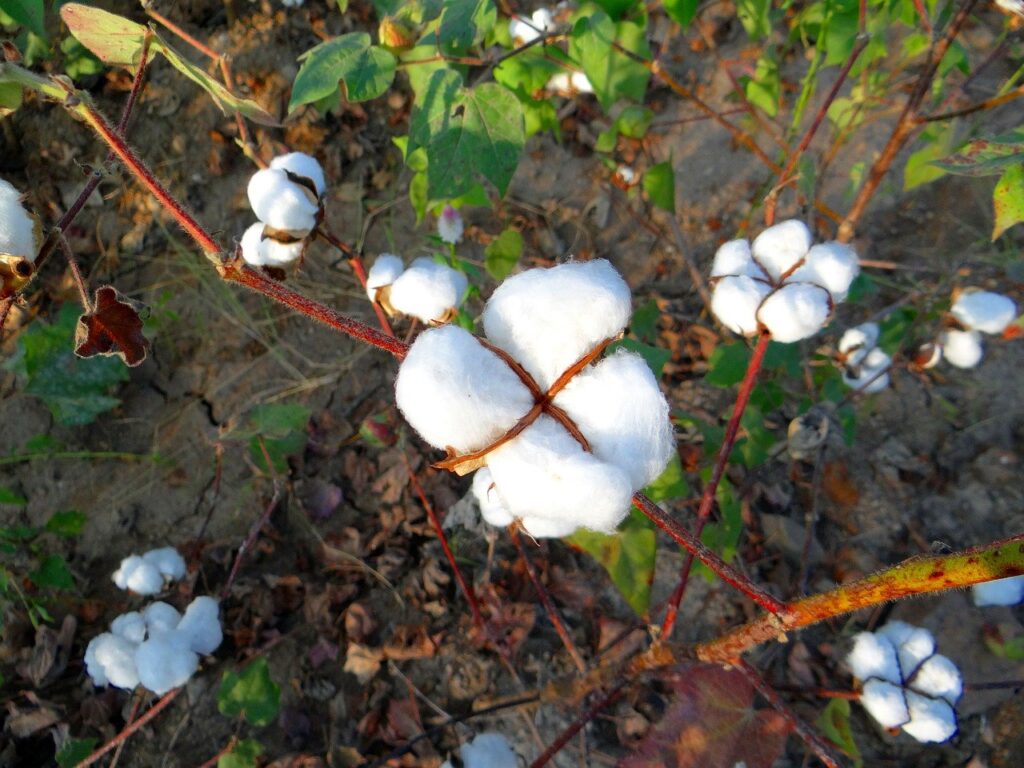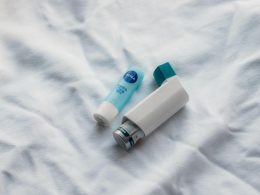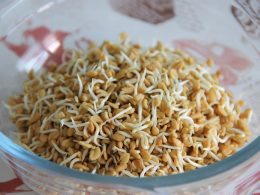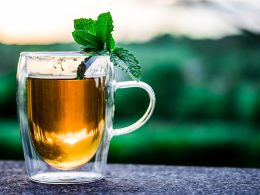Table of Contents
Cotton is the most widely grown textile in the world. A fraction of that total amount of cotton produced, less than 1 percent, is organic which is dramatically different than conventionally produced cotton. From the consumer’s perspective, organic cotton is a softer, smoother, richer fabric typically used for high-end products from fancy clothes to loungewear.
From the growers’ points of view, organic cotton can be a sustainable alternative to conventional cotton crops which the organic industry claims hammer and deplete the nutrients in the soil and are grown using large amounts of water and chemical fertilizers and pesticides.

Green Gown Cotton
The quality of organic cotton begins with the seeds. Organic cotton production, which must meet strict guidelines from the U.S. Dept. of Agriculture, typically uses untreated seeds planted in fields with healthy, moist, soil rich with organic matter partly due to crop rotation. Conventional cotton growers are generally more concerned with the yield of cotton crops and they rely on industrial farming methods.
According to the U.S. Department of Agriculture, in the year 2000, conventional cotton growers used 84 million pounds of pesticides on just over 14 million acres of cotton crops. The pesticides used on cotton create a residue that works its way into the cotton fiber and never washes out.
In addition to the pesticides, more than two billion pounds of fertilizers were used on the same fields in 2000. The soil in cotton fields has suffered from heavy use of chemical pesticides and fertilizers.
Of course, it is a mistake to think that organic crops of all varieties do not use pesticides at all. A lot of this information can change depending on who you ask and what they are selling. For example, organic pesticides often have a larger environment because their ingredients are more toxic to humans.
There’s also environmental impact by organic crops taking up more space to grow, which means larger amounts of deforestation. Weeding organic cotton crops, however, can be done by hand and pests can be controlled with traps and by releasing insects that protect crops. Sometimes it is easy for this information to be lost in the marketing spin.
Harvesting Methods
Before cotton is harvested it goes through defoliation, a process which involves the removal of the leaves from the plant. Organic growers depend on the natural cycle of seasons and wait for cooler temperatures to dry out and make leaves fall from the plants. Water is also used for defoliation by organic growers.
Conventional cotton is harvested with mechanical cotton strippers which some claim can weaken cotton fibers. Much organic cotton is still harvested by hand which advertises that it maintains the strength and natural endurance of cotton.
Harvested cotton is put through a bleaching process before it is manufactured into fabric. Organic growers use hydrogen peroxide to whiten cotton which is considered a safe process. Organic cotton fibers claim to not be damaged by chemical processing and have natural durability and a softer quality.
Organic Cotton’s Environmental Claims
Organic cotton production claims to not harm the environment in the ways conventional cotton farming does. The most significant differences they claim is that organic cotton is produced without the long menu of chemicals used to produce conventional cotton.
Organic growers argue that in addition to depleting the nutrients in the soil in fields, those chemical fertilizers and pesticides drain into the surrounding environment damaging habitats of plants and wildlife.
Organic growers claim that when mechanical pickers run through fields, those chemicals create clouds of toxic dust harmful to farm workers and others who live nearby cotton farms.
The production of organic cotton has been on the rise in recent years. India leads a global group of organic cotton producers which includes Syria, Turkey, China, Tanzania, United States, Uganda, Peru and Egypt.
Conventional cotton growers initially resisted the idea of organic cotton because they feared lower yields. Cotton plants are highly prone to insect and fungal infestations. Without pesticides and herbicides, cotton growers feared their yield would plummet. That was true during the early years of organic cotton. But driven by consumer and industry demand, organic farming techniques have been evolving and improving over the years.
Countries that have adopted advanced organic farming methods have been able to reduce the use of chemicals by 90 percent while increasing cotton yields by 30 percent.
A Healthy Alternative
Because its production does not depend on chemicals, organic cotton is a healthy choice for people with sensitive skin. It is soft and soothing for those who have various skin conditions. It is also a beneficial alternative to people with allergies or sensitivities to chemicals. Because of its purity, organic cotton is the preferred fabric for many for clothing and bedding for newborns as well as for bandages and other medical uses.
Choosing Organic Cotton
For consumers shopping for higher quality organic cotton because of its health or environmental benefits, searching for genuine organic cotton can be a confusing. Although products may be labeled organic, there are differences in the labels.
The U.S. Dept. of Agriculture has guidelines for organic cotton growing and it requires any clothing or fabric marketed as organic to contain some fibers from USDA-certified organic crops. But manufacturers can dye that partially organic cotton with chemical colors and finish it with chemical treatments.
But a USDA rule now requires textiles marketed as organic must be certified by a third party, such as the Global Organic Textile Organization which has standards that cover farming, production and environmental consequences.
A Global Organic Textile certification label is granted after farm inspections and testing that cover the whole production process from seed to fabric. I hope you find this informative. Often it can be difficult to get to the bottom of something when it is hidden under so much marketing power.
If you are a conscientious buyer, with a little research (and some healthy skepticism) you can come to the purchasing decision that works for your situation.















